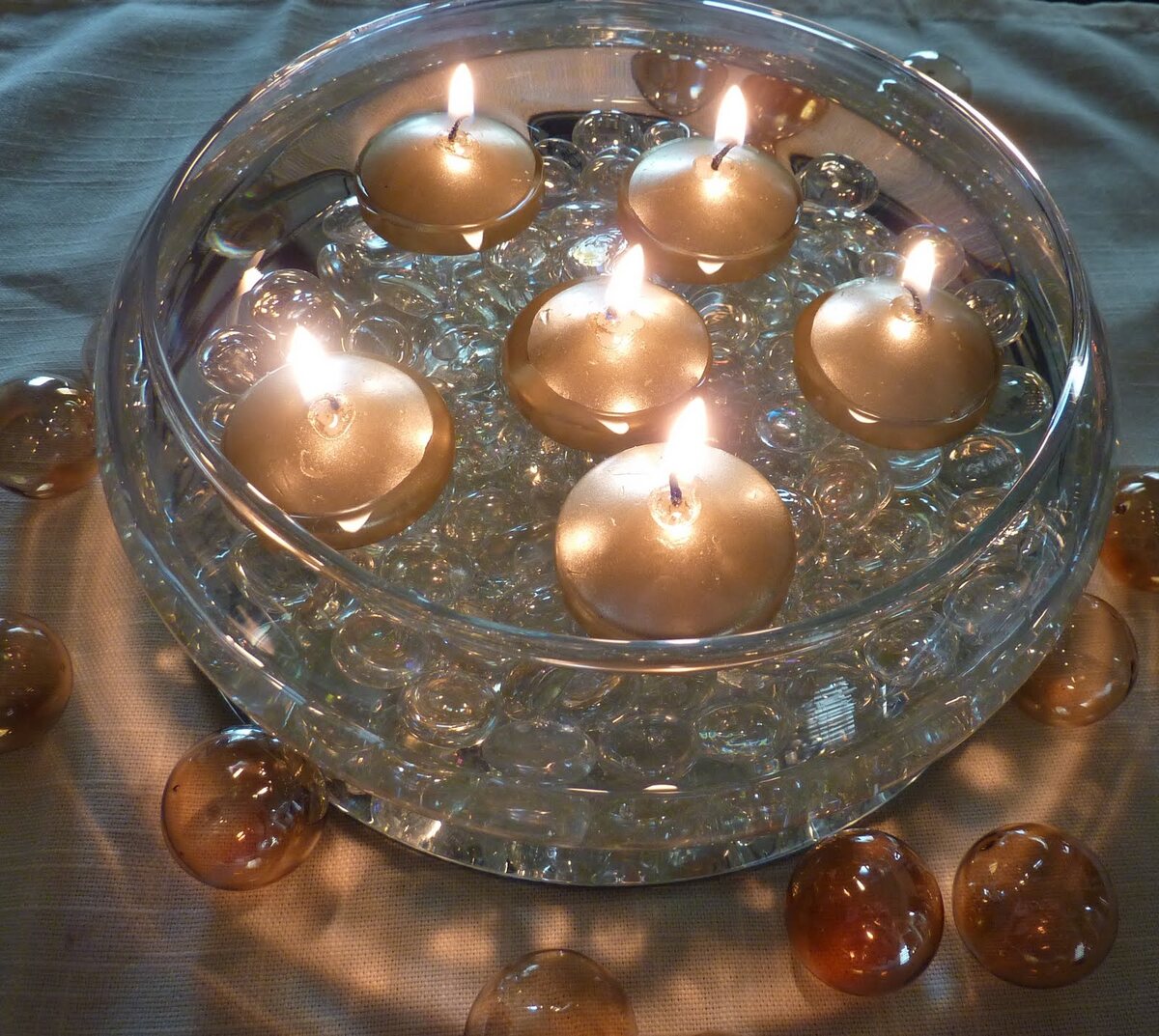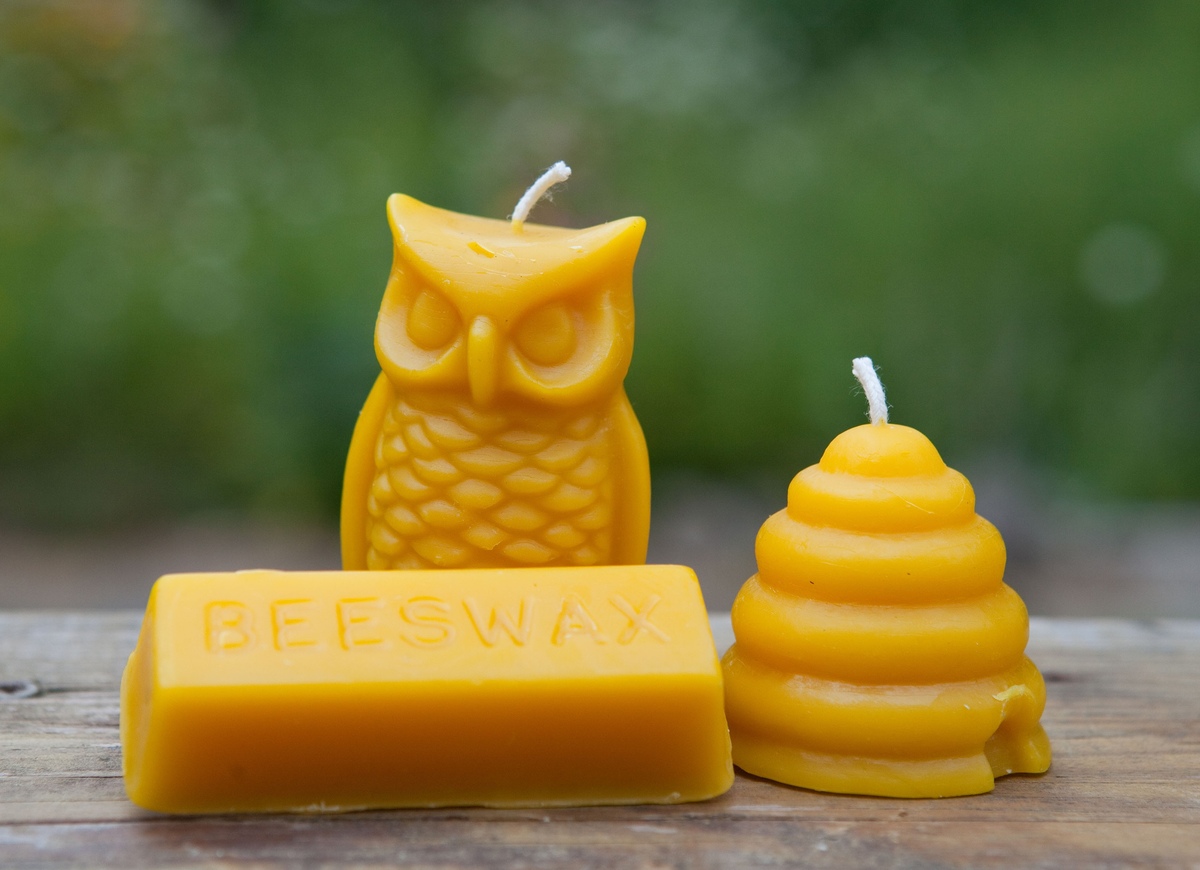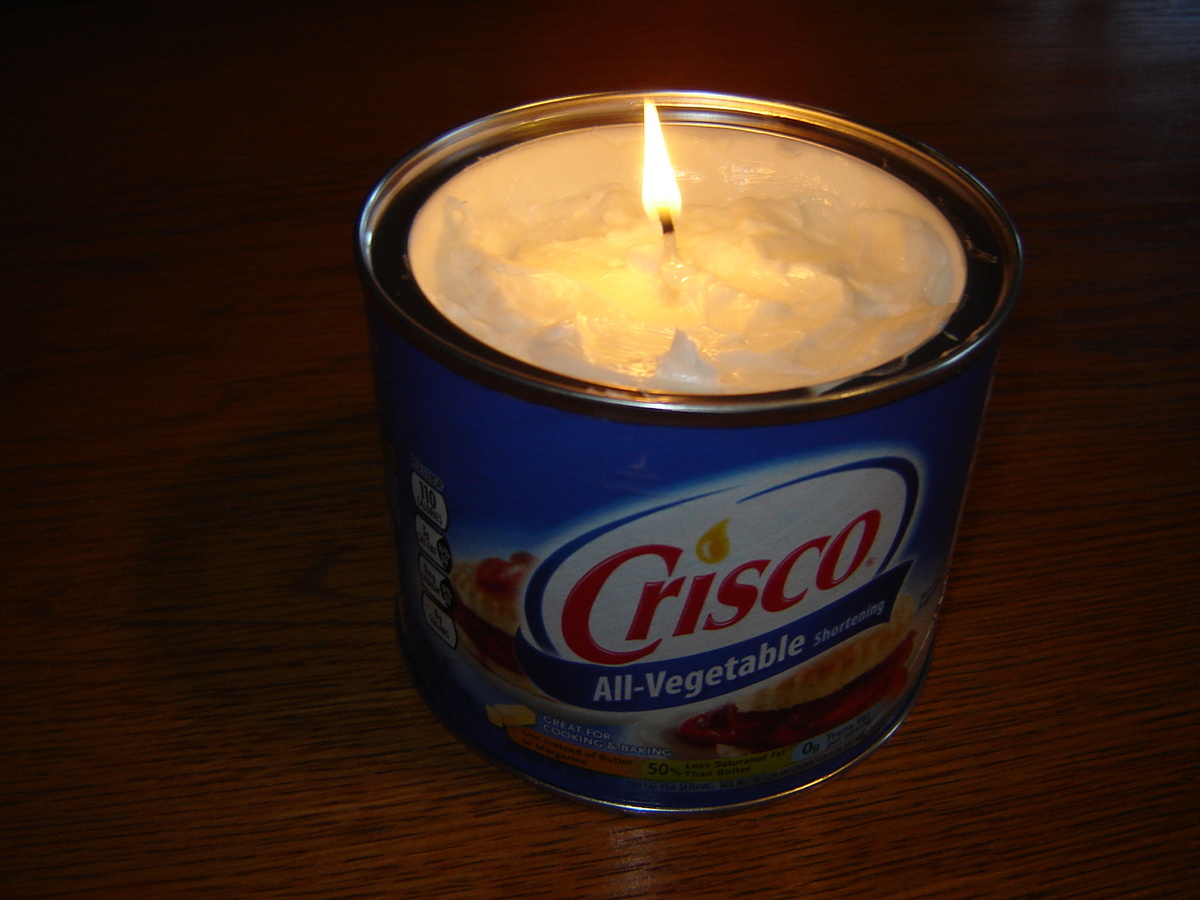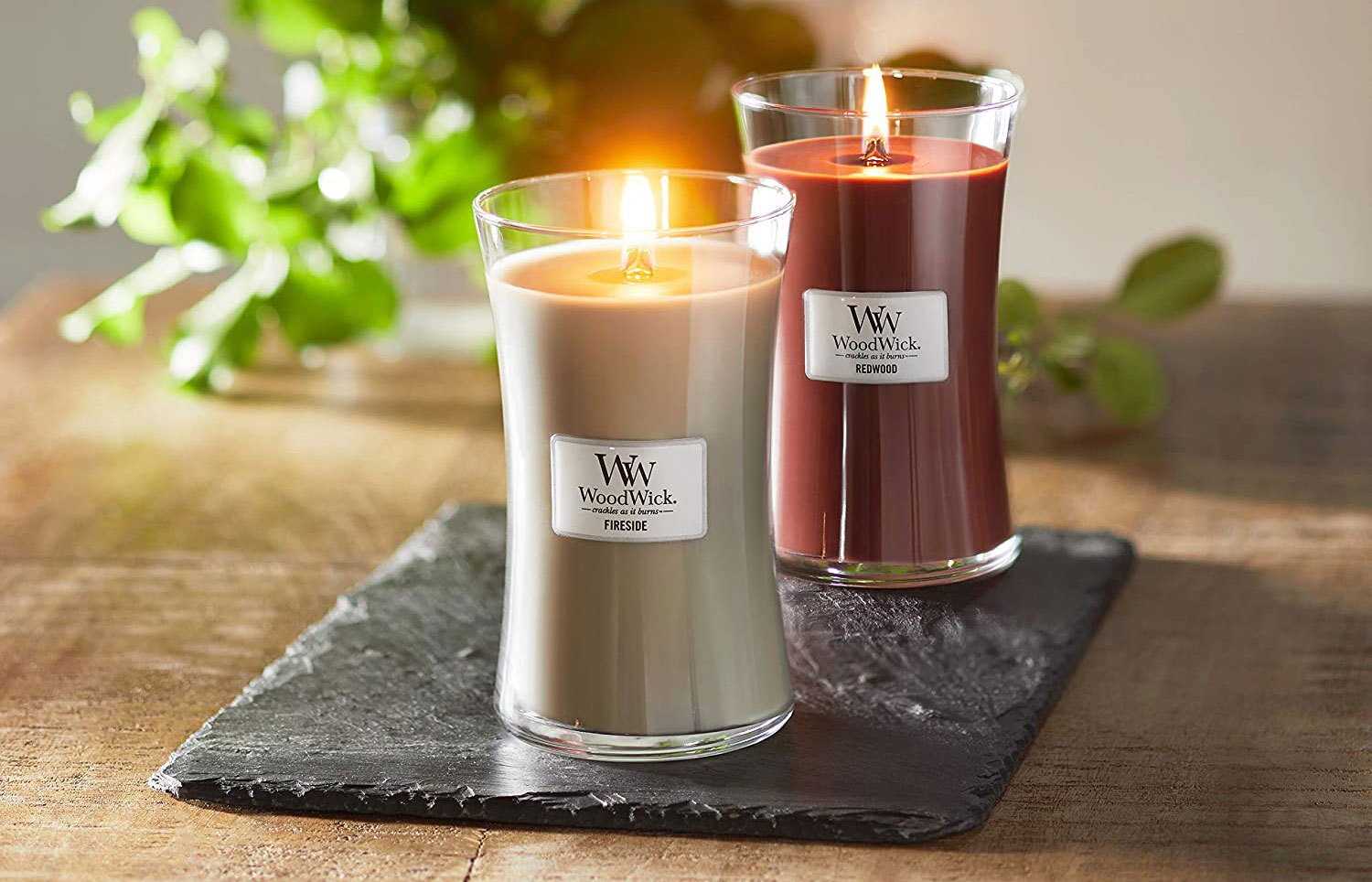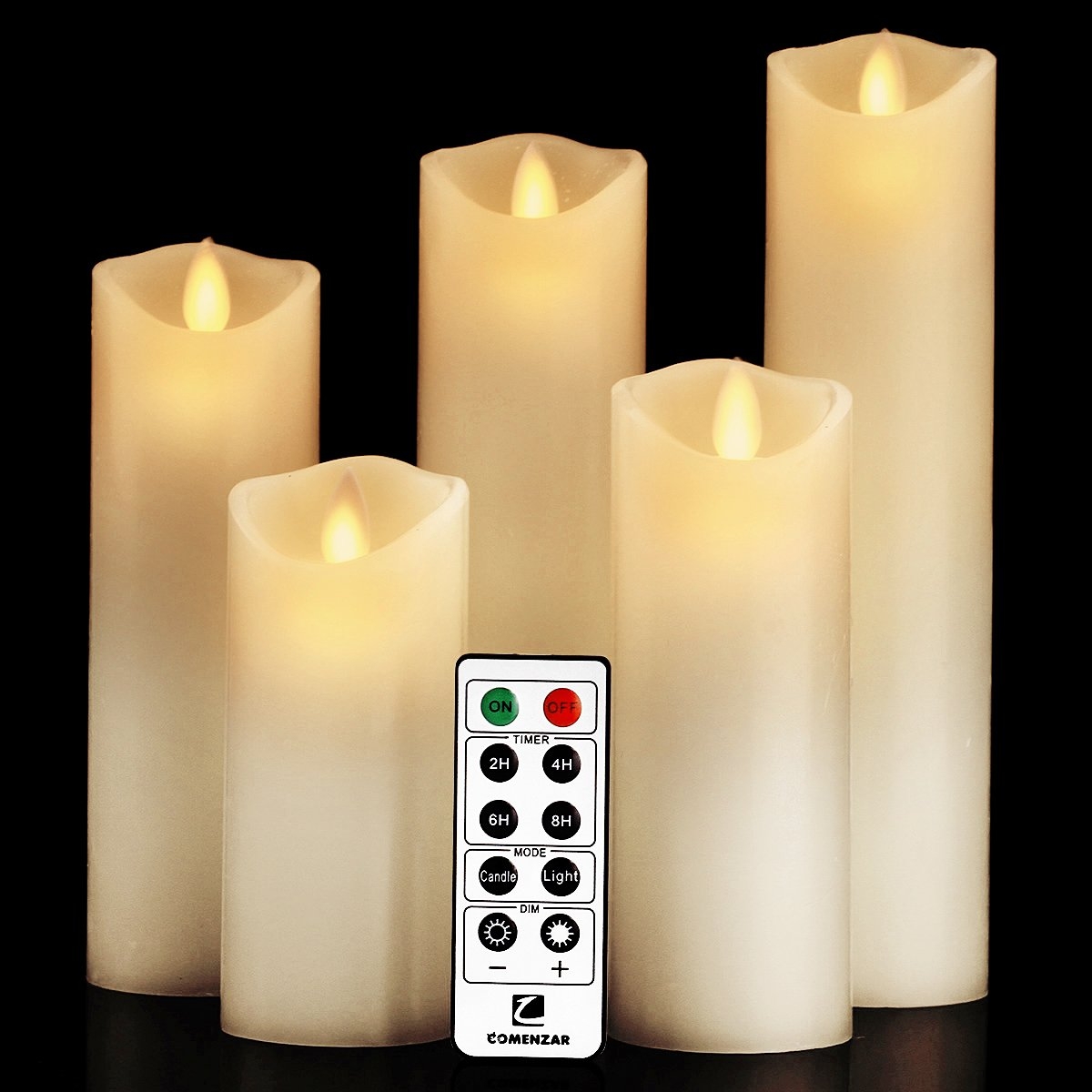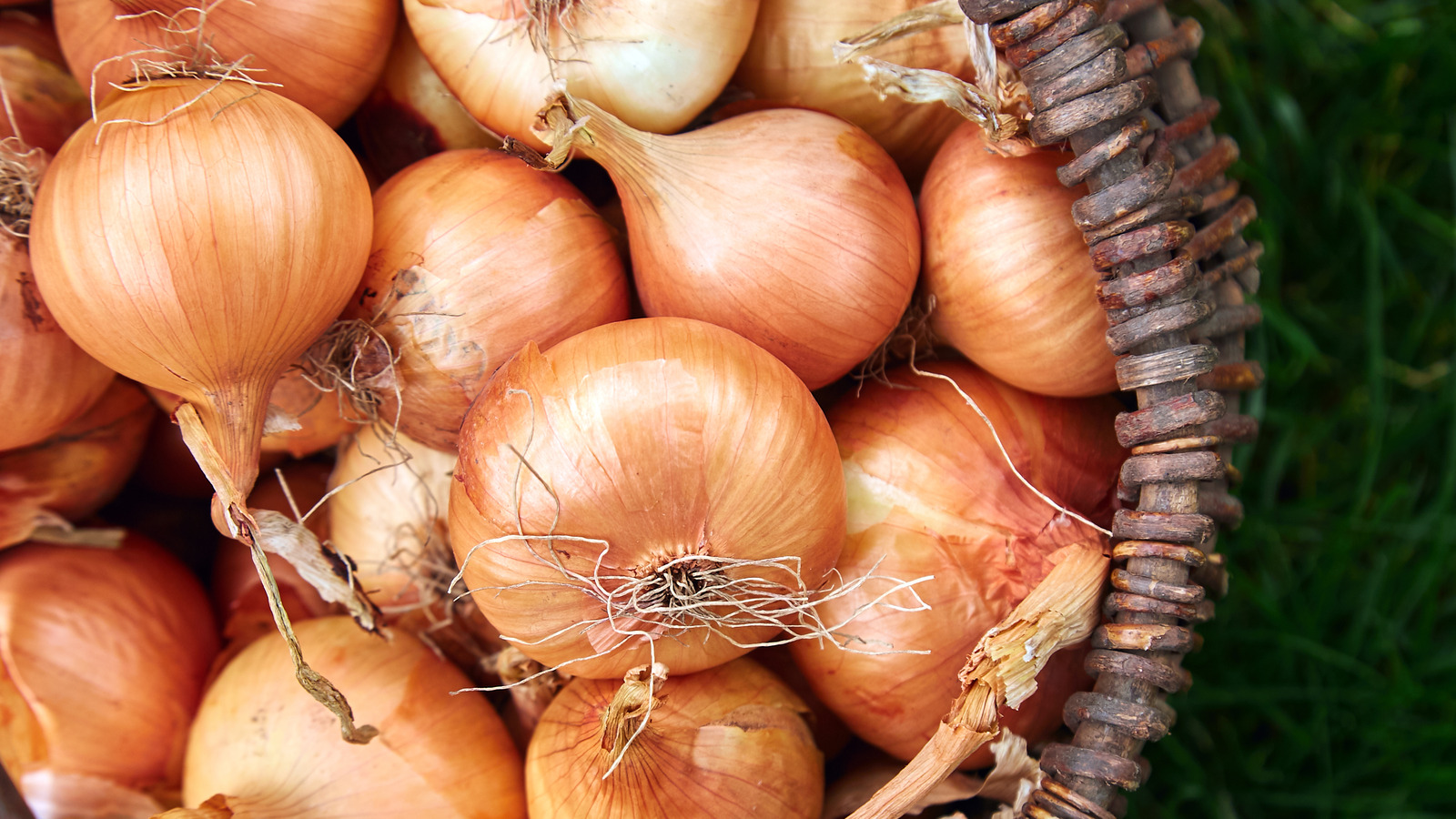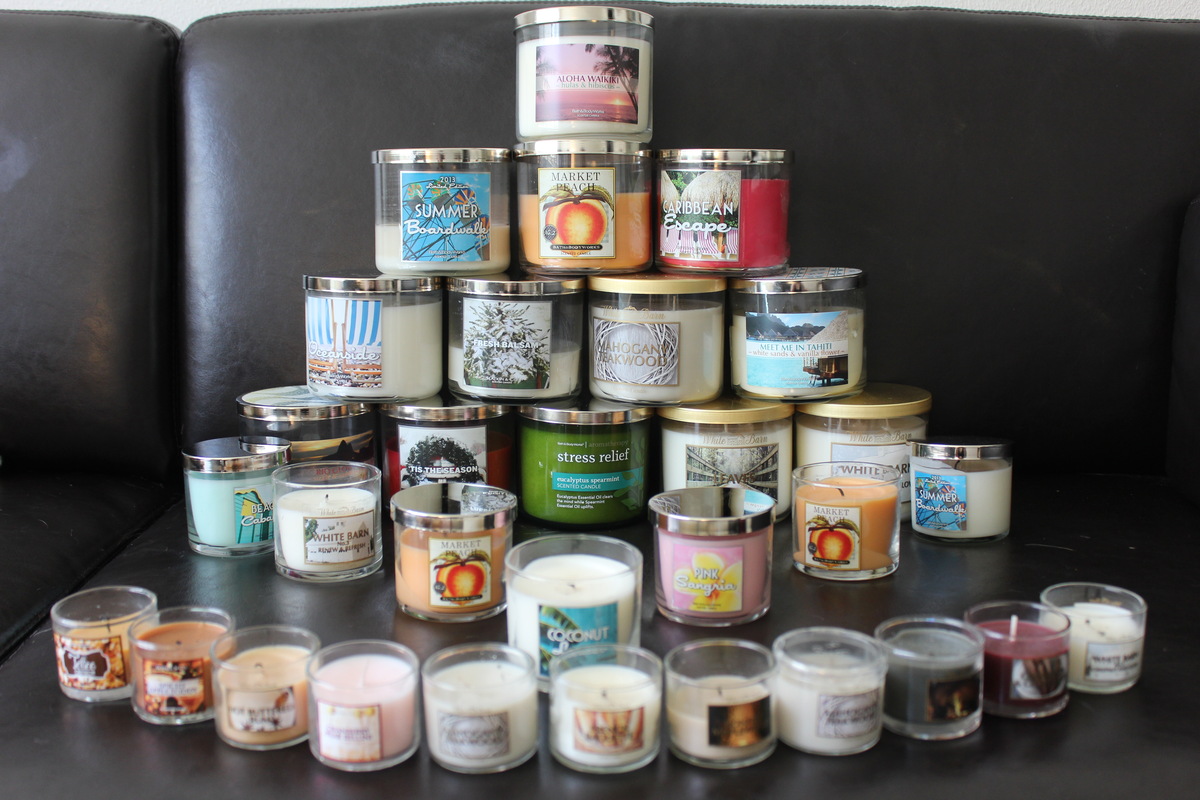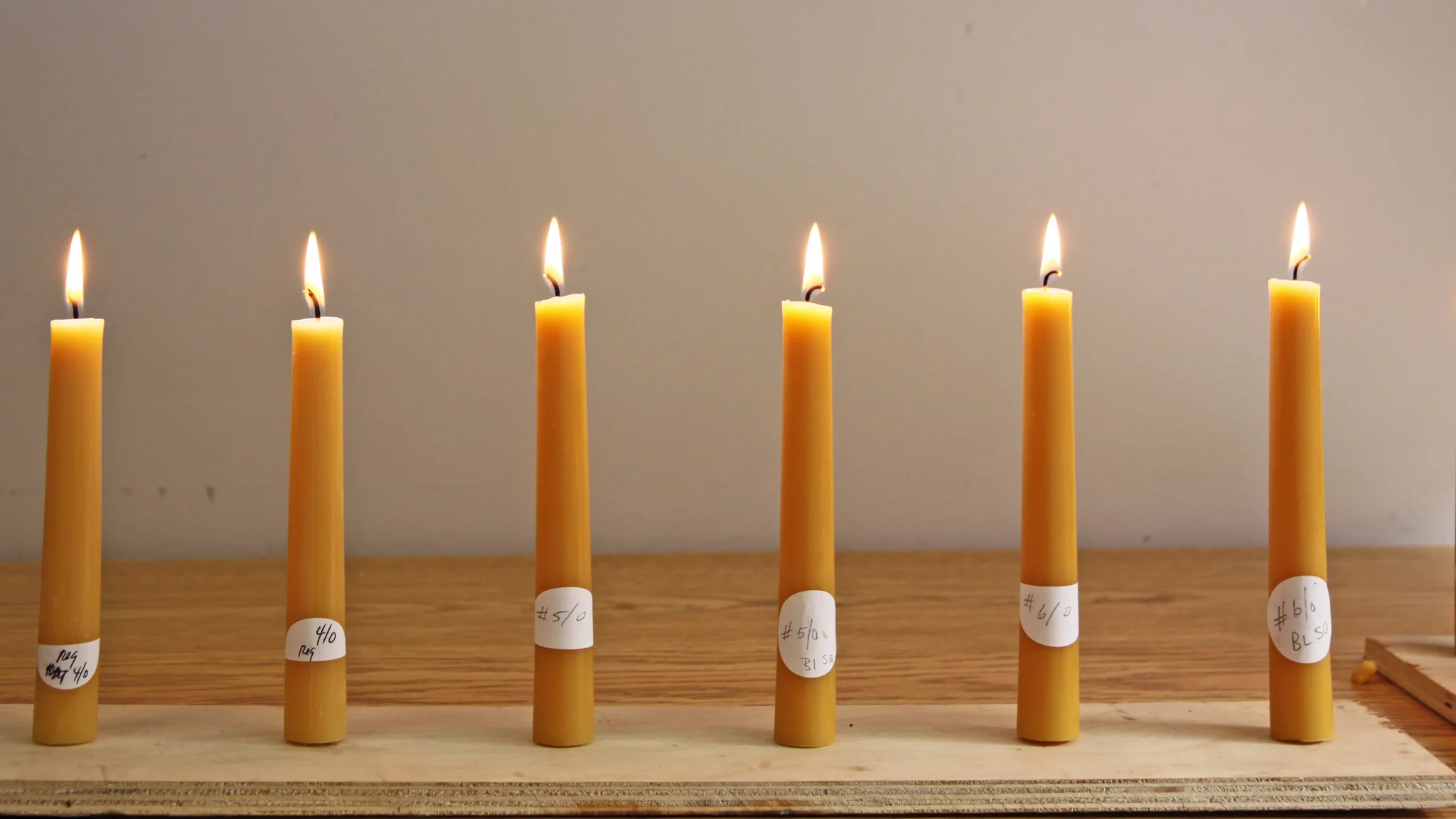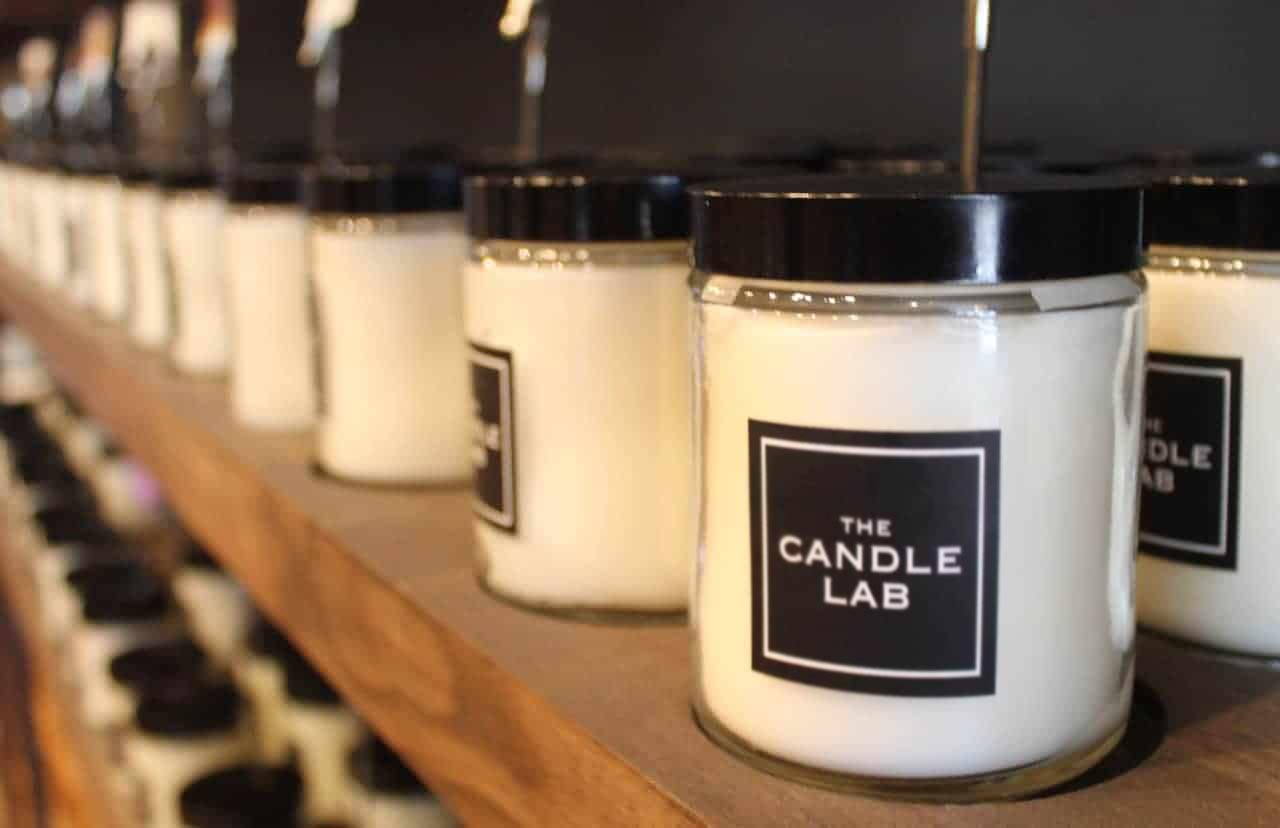

Articles
How Long Do Candles Last In Storage
Modified: January 9, 2024
Discover how long candles can last when stored properly. Read our informative articles for tips on preserving candle quality and lifespan.
(Many of the links in this article redirect to a specific reviewed product. Your purchase of these products through affiliate links helps to generate commission for Storables.com, at no extra cost. Learn more)
Introduction
Candles are not only lovely decorative items that add warmth and ambiance to our homes, but they can also be practical tools for relaxation and aromatherapy. Whether you have a collection of scented candles or you like to stock up on unscented ones, it’s important to know how long they can last when stored properly.
The lifespan of candles can vary depending on several factors, including the type of candle, how it’s stored, and the conditions it’s exposed to. Understanding these factors and implementing the right storage techniques can help you extend the shelf life of your candles and ensure they’re ready to be enjoyed whenever you need them.
In this article, we’ll delve into the different types of candles and their recommended storage requirements. We’ll also explore the best practices for storing candles, the signs of candle degradation in storage, and how to revive old or deteriorated candles. By the end, you’ll be equipped with the knowledge to keep your candles in pristine condition and prolong their lifespan.
Key Takeaways:
- Proper storage in a cool, dry place away from heat and moisture can extend the lifespan of candles, preserving their quality and fragrance for longer enjoyment.
- Revive old candles by trimming wicks, warming wax, and combining leftover wax to reduce waste and continue enjoying their warmth and ambiance.
Read more: How Long Do Candles Last
Factors Affecting Candle Lifespan
The lifespan of a candle can be influenced by a variety of factors. Understanding these factors will help you determine how long your candles can last when stored properly.
1. Type of Wax: The type of wax used in a candle can greatly affect its lifespan. Common types of wax include paraffin, soy, beeswax, and palm wax. Each type of wax has different characteristics and burning properties. For example, soy candles generally have a longer burn time compared to paraffin candles.
2. Quality of Ingredients: The quality of the wax and fragrance oils used in a candle can impact its overall lifespan. High-quality ingredients tend to burn cleaner and last longer than lower-quality alternatives. When shopping for candles, look for reputable brands that prioritize quality.
3. Candle Size: The size of a candle also plays a role in its lifespan. Larger candles typically have a longer burn time compared to smaller ones. However, it’s important to note that burning a larger candle for shorter durations may cause it to tunnel, resulting in wasted wax.
4. Wick Type: The type of wick used in a candle can affect how evenly it burns and the overall burn time. Different wick materials, such as cotton or wood, can have varying effects on the candle’s performance. Be sure to choose candles with wicks that are appropriate for their size and composition.
5. Storage Conditions: The way you store your candles can greatly impact their lifespan. Exposure to high temperatures, humidity, or direct sunlight can accelerate the deterioration of a candle. It’s best to store candles in a cool, dry place away from any sources of heat or moisture.
6. Air Exposure: Candles can also be affected by exposure to air. Oxygen in the air can cause the fragrance oils to evaporate, leading to a weaker scent over time. To minimize air exposure, store candles in airtight containers or wrap them in plastic wrap.
By considering these factors and implementing proper storage techniques, you can help prolong the lifespan of your candles and ensure they are ready for use whenever you need them.
Type of Candles and Their Storage Recommendations
There is a wide variety of candles available on the market, each with its own unique characteristics and storage requirements. Let’s explore some common types of candles and how to best store them.
1. Paraffin Candles: Paraffin candles are one of the most common types of candles available. To store paraffin candles, keep them in a cool, dry place away from direct sunlight. Avoid exposing them to extreme temperature fluctuations, as this can cause the wax to expand or contract, potentially damaging the candle.
2. Soy Candles: Soy candles are made from soybean oil and are known for their clean burn and long-lasting performance. When storing soy candles, it’s best to keep them in a cool, dry area. Avoid placing them near vents or radiators, as excessive heat can soften the wax and affect the candle’s shape.
3. Beeswax Candles: Beeswax candles have a natural, honey-like scent and are prized for their long burn times. To store beeswax candles, ensure they are stored in a cool location, away from direct sunlight. Keep them wrapped in a cloth or in airtight containers to protect them from dust and moisture.
4. Palm Wax Candles: Palm wax candles are made from sustainably sourced palm oil and have a unique crystalline appearance. To store palm wax candles, place them in a cool, dry area away from direct sunlight. Avoid exposing them to temperature extremes, as this can cause the wax to melt or become brittle.
5. Gel Candles: Gel candles are transparent and often contain decorative items suspended within the gel. To store gel candles, keep them in a cool, dry place away from direct sunlight. Avoid storing them in areas with high humidity, as this can cause the gel to become cloudy or shrink.
6. Birthday Candles: Birthday candles are typically made from paraffin wax and are designed for short-term use. To store birthday candles, keep them in a dry location, away from excessive heat or moisture. Store them in a container or wrap them securely to prevent breakage.
Remember, regardless of the type of candle, always store them in a safe place away from flammable materials and out of reach of children and pets.
By following these storage recommendations, you can help preserve the quality and lifespan of your candles, ensuring they are ready to create a cozy and welcoming ambiance whenever you need them.
Proper Storage Techniques for Long-Lasting Candles
To ensure that your candles last as long as possible, it’s essential to store them properly. These storage techniques will help preserve the quality and longevity of your candles:
1. Cool and Dry Location: Choose a cool and dry location to store your candles. Avoid areas that are exposed to direct sunlight or heat sources, as excessive heat can cause the candles to warp or melt.
2. Airtight Containers: For extra protection against moisture and air exposure, consider storing your candles in airtight containers. This will help prevent the candles from absorbing excess moisture and maintain their original quality.
3. Vertical Storage: Storing candles upright is generally recommended to prevent deformation and ensure even burning. If you need to stack pillar candles, place a protective layer, such as felt or bubble wrap, between each candle to avoid scratching or damaging them.
4. Avoid Extreme Temperatures: Extreme temperatures can negatively impact the quality and lifespan of candles. Avoid storing candles in areas that are subject to extreme cold or heat, such as garages or attics. Instead, opt for climate-controlled storage spaces.
5. Keep Away from Drafts: Candles are sensitive to air drafts, as they can cause uneven burning and reduce their lifespan. Avoid storing candles in areas with strong drafts, such as near open windows or air vents.
6. Label and Rotate: If you have a collection of candles, it’s beneficial to label them with their purchase or storage date. This will help you keep track of their age and prioritize which ones to use first. Additionally, periodically rotate your candle collection, using older ones first to prevent them from sitting unused for too long.
7. Separate Fragrances: If you store scented candles, it’s important to keep different fragrances separated to prevent cross-contamination. Residual scents can mix and alter the intended fragrance profile of each candle.
Remember, proper storage helps maintain the quality and maximize the lifespan of your candles. By implementing these techniques, you can ensure that your candles remain in excellent condition, ready to be enjoyed whenever you light them.
Store candles in a cool, dark place to extend their shelf life. Avoid storing them in direct sunlight or high temperatures, as this can cause them to melt or lose their scent.
Signs of Candle Degradation in Storage
While proper storage techniques can help extend the lifespan of your candles, it’s important to be aware of signs that indicate their degradation. Here are some common signs to look out for:
1. Discoloration: If you notice any discoloration on the surface of your candles, it may indicate that they have been exposed to heat or sunlight. This can cause the wax to fade or change color, compromising their appearance.
2. Cracked or Shrunken Wax: Candles that have been stored in high temperatures or fluctuating conditions may develop cracks or shrink in size. This can affect the structural integrity of the candle and lead to uneven burning.
3. Faded Fragrance: Over time, candles can lose their scent or have a significantly weakened fragrance. This may indicate that the fragrance oils have evaporated or degraded due to exposure to air or heat.
4. Blooming: Blooming refers to the formation of a white or powdery film on the surface of candles. It can occur when wax reacts with air or moisture, resulting in a cloudy or frosted appearance. This can often be removed by gently wiping the candle with a soft cloth.
5. Bent or Broken Wicks: If the wicks of your candles appear bent, broken, or dislocated, it may indicate rough handling or improper storage. Damaged wicks can lead to uneven burning or difficulties in lighting the candle.
6. Mold or Mildew: Excessive moisture or improper storage in humid conditions can promote the growth of mold or mildew on candles. If you notice any fuzzy spots, spots of discoloration, or a musty odor, it’s best to discard the affected candle to prevent further contamination.
7. Sticky or Soft Wax: Candles that have become sticky or have softened significantly may have been exposed to heat or humidity. This can affect the candle’s shape and make it difficult to handle or burn properly.
If you notice any of these signs of degradation, it’s a good idea to assess the condition of your candles. Depending on the severity of the issues, you may choose to discard, repurpose, or attempt to revive the candles.
By being aware of these signs and regularly inspecting your stored candles, you can ensure that you are using candles in their best condition, providing a safe and enjoyable experience.
Read more: How Long Do Yankee Candles Last
How to Revive Old or Deteriorated Candles
Do you have candles that have seen better days? Don’t toss them out just yet! With a few simple techniques, you may be able to revive your old or deteriorated candles and bring them back to life. Here’s how:
1. Trim the Wick: Before attempting to revive a candle, trim the wick to about 1/4 inch. A longer wick can contribute to uneven burning and excessive smoke. Trimming the wick will ensure a more controlled and efficient burn.
2. Warm the Wax: If the wax has become hardened or uneven, gently warm the surface using a hairdryer set to a low or medium heat setting. Move the hairdryer in a circular motion to distribute the heat evenly. Be cautious not to overheat the wax or melt the container.
3. Level the Wax: If the wax has developed a tunnel or is unevenly burned, you can level it by gently heating the sides of the container with a hairdryer and carefully pouring the melted wax into the hollow areas. Repeat this process until the surface of the wax is level and smooth.
4. Rejuvenate the Scent: If the fragrance of your candle has weakened, you can try adding a few drops of essential oil that complements the original scent. Carefully melt the top layer of wax using a hairdryer, then drip the essential oil onto the warm wax. Allow the wax to solidify before using the candle.
5. Combine and Repurpose: If you have small amounts of leftover wax from multiple candles, you can melt them together to create a new, unique candle. Simply place the leftover wax in a heat-resistant container, melt them using a double boiler or a candle melting pot, and pour the melted wax into a new container or candle mold. Add a new wick and let it cool before using.
6. Unstick the Wax: If the candle wax has become sticky or has adhered to the container, place the candle in the freezer for a few hours. The cold temperature will cause the wax to shrink and loosen its grip on the container, making it easier to remove.
Remember, these techniques may not work for severely damaged or degraded candles. Use your discretion and prioritize safety when attempting to revive old candles. Always monitor burning candles and follow standard candle safety guidelines to prevent accidents.
By trying these methods, you can potentially extend the life of your candles, reduce waste, and continue to enjoy their warmth and ambiance for longer.
Conclusion
Candles have a way of adding warmth, beauty, and a sense of tranquility to any space. By understanding the factors that affect candle lifespan and implementing proper storage techniques, you can significantly extend the life of your candles and ensure they are always ready for use.
Factors such as the type of wax, quality of ingredients, candle size, wick type, storage conditions, and air exposure all play a role in determining how long your candles will last. By considering these factors and taking the necessary precautions, you can help maintain the integrity and performance of your candles.
Proper storage techniques for long-lasting candles include keeping them in a cool, dry location, using airtight containers to protect them from moisture and air exposure, storing them vertically or with protective layers to prevent damage, avoiding extreme temperatures and drafts, labeling and rotating candles to use older ones first, and separating fragrances to prevent cross-contamination.
Recognizing the signs of candle degradation in storage, such as discoloration, cracked or shrunken wax, faded fragrance, blooming, bent or broken wicks, mold or mildew, and sticky or soft wax, can help you determine when to discard or attempt to revive old candles.
Reviving old or deteriorated candles is possible through techniques such as trimming the wick, warming the wax, leveling the wax, rejuvenating the scent, combining and repurposing leftover wax, and unsticking wax from containers. These methods can give new life to your candles and allow you to continue enjoying their beauty and ambiance.
In conclusion, by understanding how to properly store and care for your candles, you can prolong their lifespan, reduce waste, and continue to create a warm and inviting atmosphere in your home. So, take the time to follow these guidelines and make the most out of your candle collection.
Frequently Asked Questions about How Long Do Candles Last In Storage
Was this page helpful?
At Storables.com, we guarantee accurate and reliable information. Our content, validated by Expert Board Contributors, is crafted following stringent Editorial Policies. We're committed to providing you with well-researched, expert-backed insights for all your informational needs.
